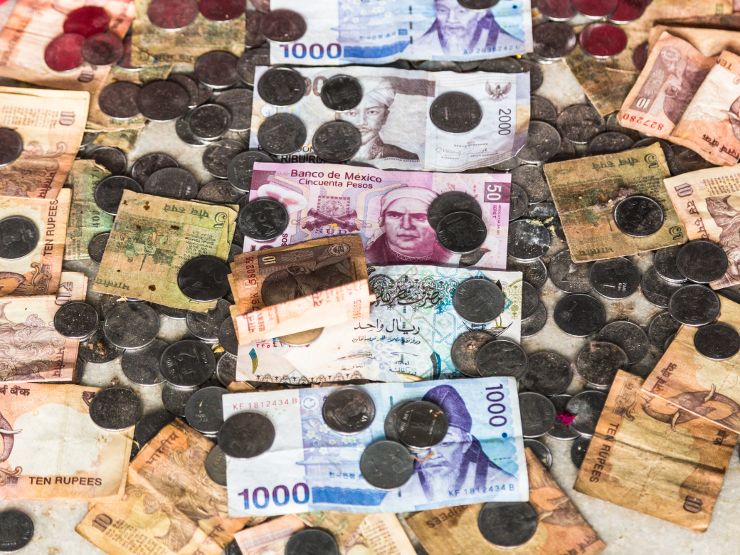“This year, we have gradually replaced our high-yield bond holdings with hard and local currency EM debt funds,” says Rico Bosma, a fund analyst at Wealth Management Partners in the Netherlands.
And he hasn’t been the only one: from June to the end of September alone, European investors committed €22.8bn to emerging market debt funds, according to Morningstar data. Over the same period, high-yield bond funds suffered €4.4bn in net redemptions, with most of the recent outflows stemming from US high-yield bond funds.
And the reasons are clear: over the past 18 months, high yield bonds have risen by 29%, while exhibiting very little volatility. Meanwhile, spread levels have declined to about 350 bps, the lowest in more than three years.

Wouter Weijand, chief investment officer at Providence Capital, also in the Netherlands, agrees that high-yield bonds have started to look pricy.
“Nothing is really cheap anymore in fixed income. There is reason to worry about any credit now, frankly,” he says.
EMD appeal
With spread compression unlikely to boost returns very much from here, investors have extended their yield hunting grounds to emerging markets once more.
This asset class has rallied too, but more recently and from a much lower base. Local currency EM bond indices, such as the JPM GBI-EM Index, are still well below their peak reached just before the Taper Tantrum in 2013 (see chart below).

“We have exited high-yield bonds, but we think there are still some returns to be made in EM local currency,” says Weijand.
Rate rise risk
Emerging market debt has always been susceptible to US rate rises. The 2013 Taper Tantrum is still fresh in investors’ minds. While EM governments have reduced their dollar borrowing since, many EM corporates have done the opposite.
But one shouldn’t forget that high-yield bonds are probably at least as vulnerable to a Fed rate hike as their emerging market equivalents.
The current tight spreads in high-yield bonds leave “little safety cushion against risks either from rising interest rates or any increase in default risk,” says Richard Turnill, global chief investment strategist at Blackrock. Credit quality in US high yield has also eroded recently, with CCC issuance growing recently as a percentage of total issuance. That only leaves (lower quality) high-yield more susceptible to an increase in interest rates, which would push up interest servicing costs and, in turn, default rates.







